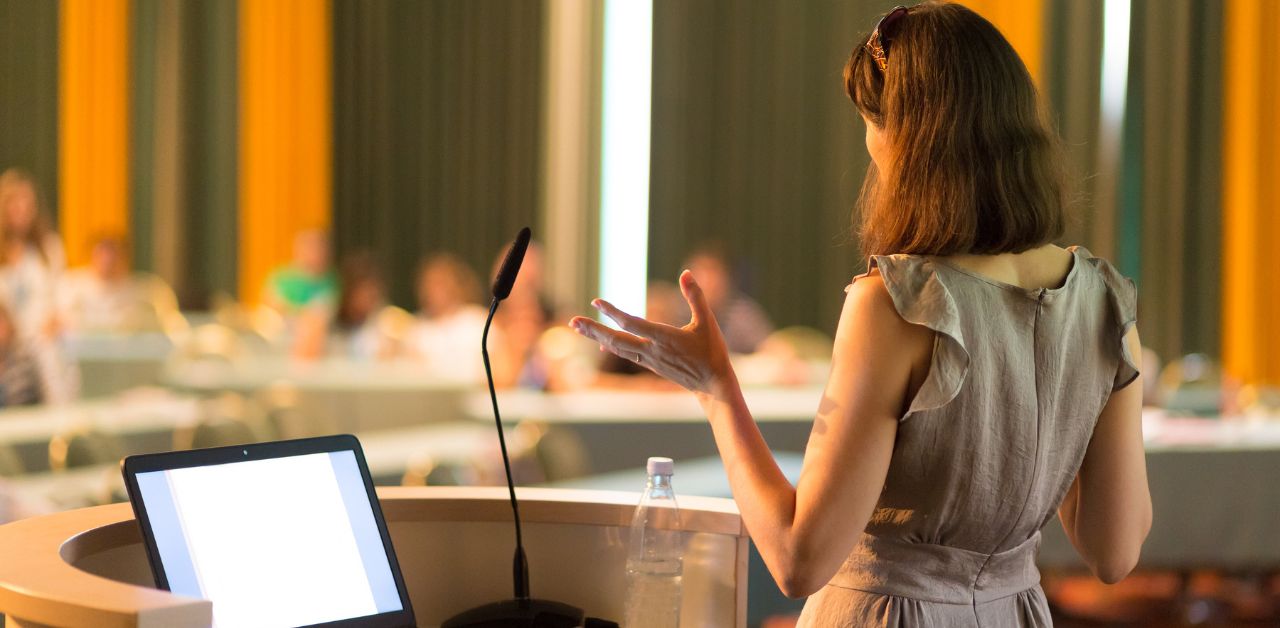Self-harm, a topic often given short-shrift, was the focus of the recent Black Dog Institute Summit on Self-Harm, held in Sydney. The Summit brought together individuals with a myriad of different expertise in self-harm, including experts from different disciplines (psychology, psychiatry, sociology, public health, and health economics), settings (Indigenous communities and low and middle-income countries), and with different lived and living experiences of self-harm[1]. Experts at the Summit included around 30 Commissioners from the forthcoming Lancet Commission on Self-Harm, who presented some early insights from the Commission, which aims to produce a manifesto for change in the way we understand, prevent, and manage self-harm across the lifespan.
The Summit began with a networking breakfast, where the 200+ attendees were welcomed by Professor Helen Christensen, Scientia Professor of Mental Health UNSW Sydney and Black Dog Institute Board Director, before being handed over to MC Stan Grant, International Affairs Analyst at Australia’s ABC Network. The first presentations set the scene about self-harm in Australia and were followed by a broader panel discussion around self-harm including Lancet Commissioners Dr Amy Chandler (University of Edinburgh, UK) and Associate Professor Fiona Shand (Black Dog Institute, Australia), and Professor Phil Batterham (Australian National University, Australia), and Dr Ruth Vine (Deputy Chief Medical Officer for Mental Health, Australian Government).
The next set of presentations in the morning session highlighted different perspectives on the understanding, prevention, and management of self-harm. Dr Amy Chandler, gave a rallying call to arms for greater inclusion of individuals with lived and living experience of self-harm in research, and clinical practice and policy development. A key message from Dr Chandler’s talk was that prevention should not be the ‘be all and end all’ of research and clinical approaches to self-harm. This echoes powerful qualitative work by Christabel Owens and colleagues, which highlighted that priorities about self-harm intervention trial outcomes diverge significantly between people with lived experience of self-harm and researchers; there is a need to move beyond prevention as the main priority and to investigate outcomes, such as social interaction experiences, that speak to living well with self-harm. Next, Dr Olivia Kirtley (KU Leuven, Belgium), highlighted the potential of digital technology to enable researchers and clinicians to understand individuals’ self-harm in context. Technological approaches may take the form of real-time monitoring of self-harm thoughts and behaviours, but also open up possibilities for delivering interventions in real time too, i.e. ecological momentary interventions or just-in-time adaptive interventions. Here too, inclusion of individuals with lived experience in the development of these technologies is crucial, as is an appreciation that self-harm thoughts and behaviours ultimately emerge from an interaction between an individual and other aspects of their context, such as relationships, communities, and broader society. The following presentation was by Professor Jeffrey Ansloos (University of Toronto, Canada) and focussed on self-harm and suicide prevention among global Indigenous communities. Professor Ansloos underscored the critical need for diverse, culturally sensitive care and interventions to be offered to individuals who self-harm from Indigenous communities, including taking a strengths-based as opposed to deficit-based approach to understanding and managing self-harm. He also highlighted the importance of understanding cultural differences in the meaning of self-harm, for example, in some Indigenous communities, the behaviours typically referred to as ‘self-harm’ are viewed as an important part of an individual’s culture and development. Attempting to impose typically ‘Western’ approaches to managing self-harm in Indigenous communities fails to account for these cultural differences, and is therefore unlikely to succeed. Next, Dr Duleeka Knipe (University of Bristol, UK), threw into sharp relief that most research on suicide and self-harm occurs in high-income countries (HIC), even though most suicides occur in low- and middle-income countries (LaMIC). Tackling this requires a redistribution of research funding, to ensure that LaMICs do not continue to lose out to HICs. Dr Knipe also echoed Professor Ansloos’ sentiments from the previous talk about how attempting to shoehorn self-harm in LaMICs into existing frameworks for self-harm developed in mainly Western, HICs, is not the way to go and often neglects crucial societal determinants of self-harm in LaMICs, such as interpersonal and domestic violence. Finally, Dr Mark Sinyor (University of Toronto & Sunnybrook Health Science Centre, Canada), presented societal approaches to preventing self-harm, and encouraged a ‘cultural reset’ regarding how we talk about self-harm; reducing stigma is crucial, as is fostering safe conversations around self-harm, without censoring the voices of those with lived and living experience. Dr Sinyor pointed to the role of media in promoting positive coping strategies and the need for a whole of government approach to responding to self-harm, encompassing climate, economic and social welfare policies. Addressing societal level determinants of self-harm, such as poverty and prejudice, are crucial.
After the thought-provoking morning session, the afternoon was divided into five streams, where attendees could follow and participate in smaller group sessions around lived experiences approaches, individual approaches, world Indigenous communities, the global majority, and societal approaches, to understanding, preventing, and managing self-harm. One of the major highlights of the Summit for me, was the breadth of attendees’ expertise and experience, including research, lived/living experience, knowledge from Indigenous communities, and clinical and policy perspectives. This diversity of experience made for an incredibly rich discussion, which will ultimately move us closer to a multifaceted approach to understanding and responding to self-harm.
Highlights from the Summit can be viewed here, along with an accompanying SBS radio segment about the Summit. The full programme and list of speakers for the Summit is available here.
For Twitter threads summarising the Summit, see the following threads by The Mental Elf:
Olivia Kirtley, PhD
Senior Research Fellow,
Center for Contextual Psychiatry,
KU Leuven,
Belgium
[1] Individuals can, of course, belong to multiple categories. The phrasing of this list was designed to highlight the breadth of different expertise and experiences at the Summit.




